Thomas Doyle Picture
Do you have any thoughts on this post?
We asked sportsmen and women to take action and more than 1,000 have submitted comments to the EPA in support of clean water—here are some of our favorites
One of the cool things about our democracy and the North American model of conserving fish and wildlife as a shared resource is that we as citizens often have the opportunity to take part in the public process of decision making. That’s why we let you know when you have the chance to speak out for your hunting and fishing access and opportunities—it’s our responsibility and a privilege.
We’ve seen it: When sportsmen and women take the time to tell their stories, it makes a difference.
A few years ago, Americans had hundreds of days to submit their feedback on a rulemaking that would help end the confusion around which streams and wetlands receive Clean Water Act protection. The final Clean Water Rule helps safeguard 20 million acres of wetlands and thousands of miles of headwater streams—that’s 60 percent of the country’s flowing waters.
But the current administration has started the process of repealing this rule meant to lift headwaters and wetlands out of regulatory confusion.
Without the rule, we risk seeing streams polluted and wetlands destroyed. Failing to recognize wetlands and headwaters as critical to clean water downstream means we’re fighting a losing battle in nearby watersheds, and making decisions on a case-by-case basis overburdens state and local water quality personnel.
Many sportsmen from across the country have already made their voices heard by submitting comments to the EPA about why they support the Clean Water Rule. We love that these folks have taken the time to make this issue personal—because it is. Here’s why they want decision-makers to stand up for our headwaters and wetlands.
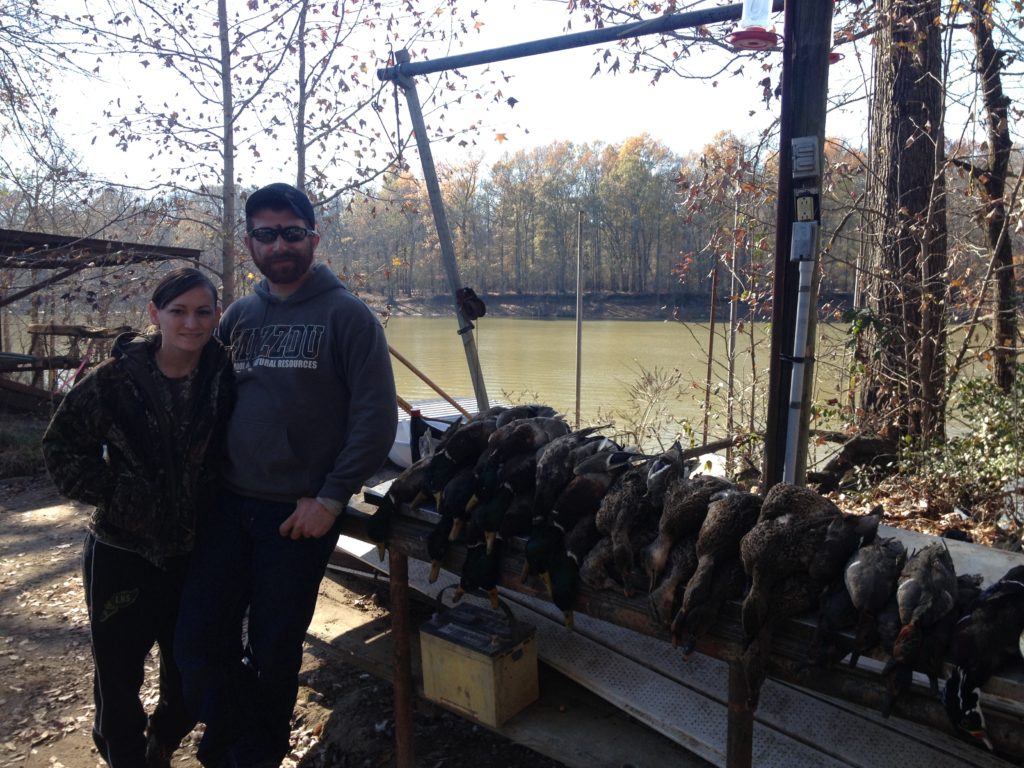
Missouri native Jonathan took the time to write the EPA while deployed with the U.S. military, and from what he’s seen, our outdoor traditions make our country different from anywhere else. He told us that he feels a responsibility to stand up for the wise use of our country’s natural resources that are so noticeably absent in many other places in the world. He writes to the EPA:
I send this while deployed with the US Army. One of many things I look forward to about coming home is being able to resume enjoyment and utilization of the natural resources so abundant in the US. Please do the right thing and listen to those of us who took the time to write. As a sportsman, conservationist, and, above all, as an American, [I urge you to] please work to keep our natural resources secure.
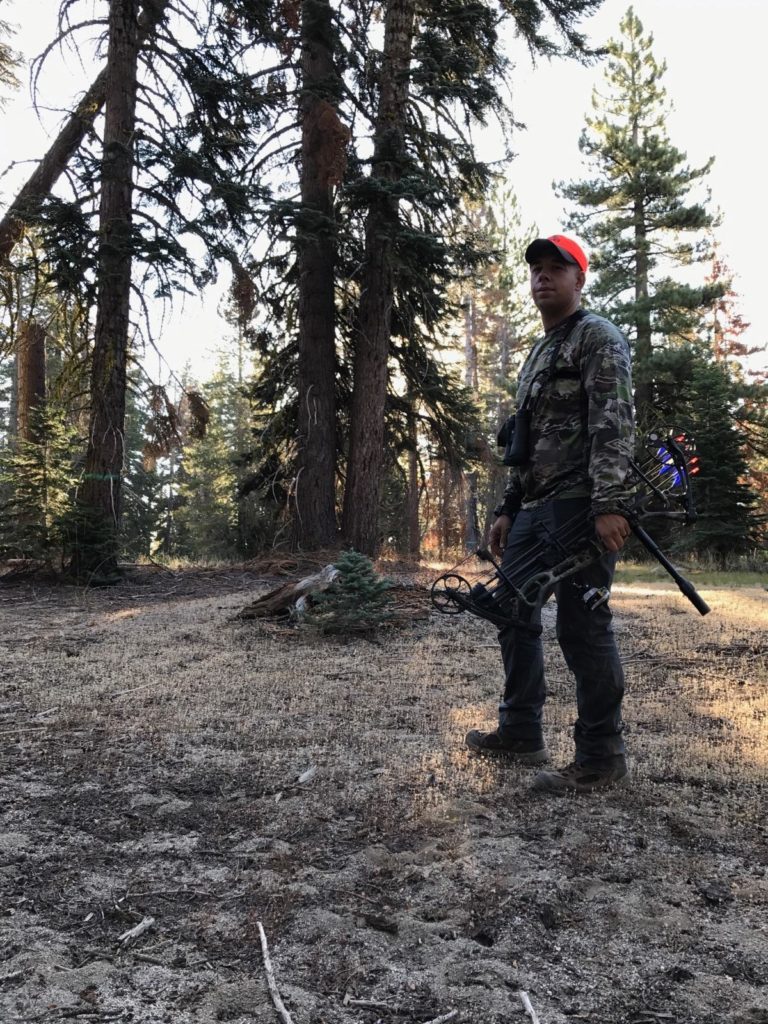
For Alex from California, the sole objective of hunting and fishing is not the taking of an animal; it’s to feel connection with our natural world and see all your preparation and efforts pay off. He believes that these traditions are not only important, but also that they help build better people. He writes:
I will have my first son this November. I hope he has the opportunity to come of age hunting and fishing on public lands. I don’t want to have to explain to him that there was once a time where our wetlands and flowing water [were] protected and how we had access to them.
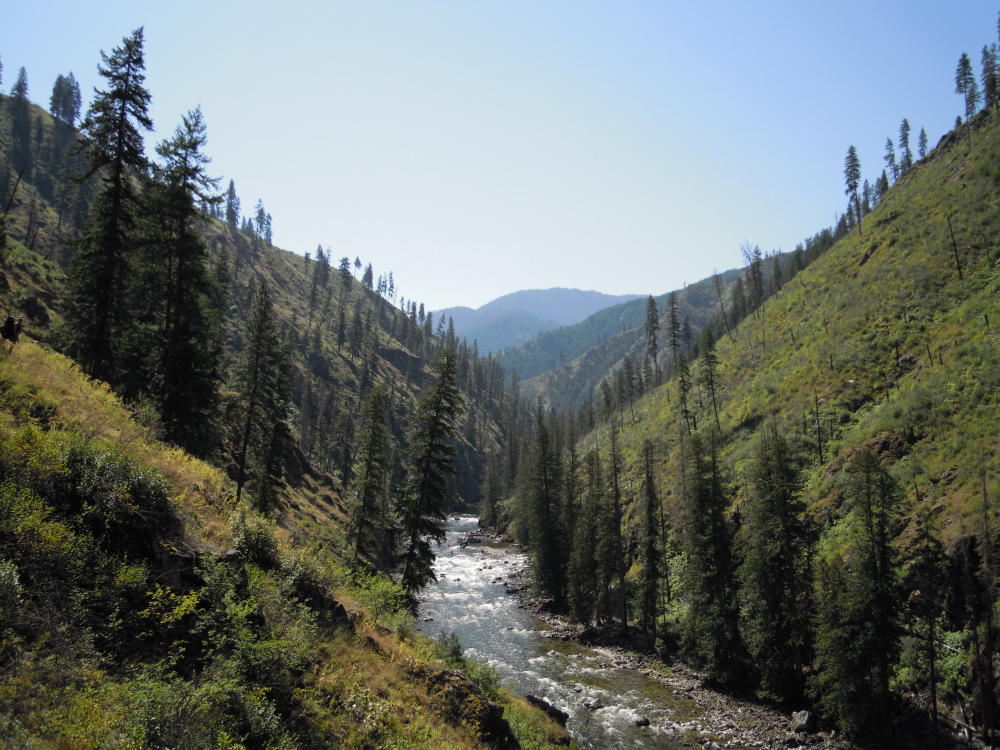
It seems that thinking about the future of clean water inevitably leads people to wonder about the future of hunting and fishing—and what their own children will experience. James writes:
I grew up fishing and hunting with my family, and now that I have children of my own, I’m worried that they won’t have access to the opportunities to spend time enjoying the streams, wetlands, and headwaters that I love if the Clean Water Rule is repealed. The thought of future generations in this nation missing out on one of our greatest resources is horrifying.
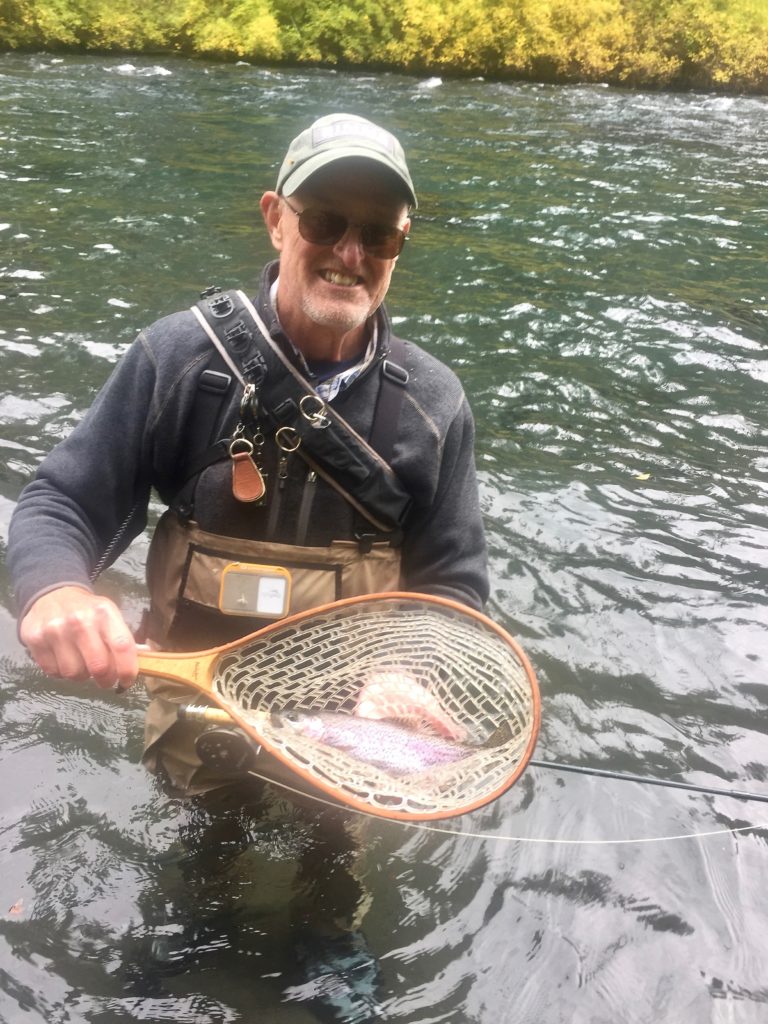
Other sportsmen remember a country without the Clean Water Act. Thomas from Michigan writes:
Every waterway matters. When I was a child, I had the unfortunate luck to become seriously ill after accidentally swallowing a gulp of water while swimming in Lake Erie. The town that I grew up in used to be called the Ecorse Creek or Ecorse River. Sixty years ago it had the distinction of being the dirtiest and most polluted river in the USA. We must not have those kind of distinctions ever again.
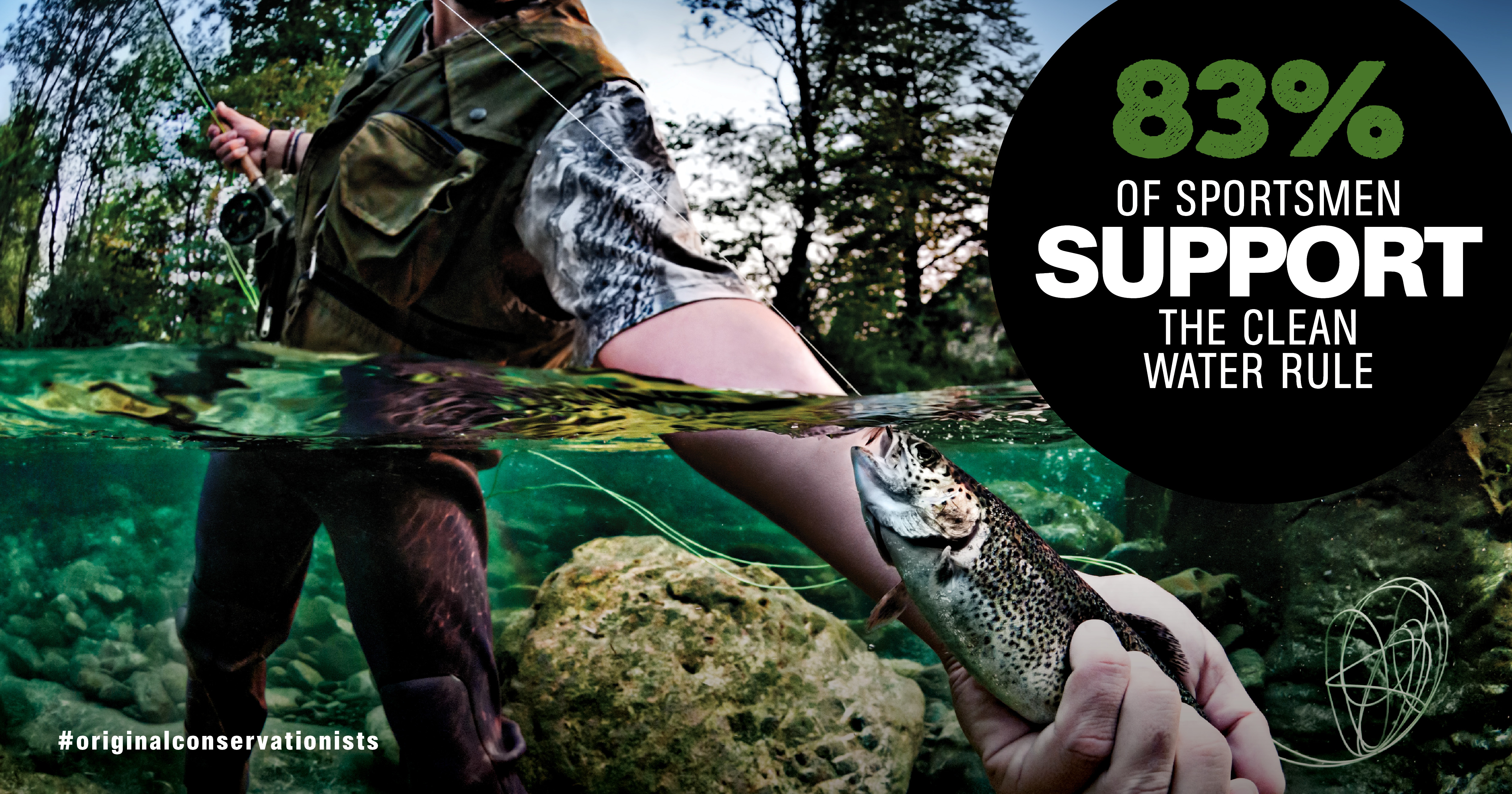
When the federal government creates or repeals a rule that government agencies and the American people will have to follow, they are required to have a comment period. When the Clean Water Rule was created in 2015, sportsmen and women had more than 200 days to comment on the proposed rule. Even with a recent extension of the current comment period, sportsmen and women will only have 60 days to make their voices heard.
This rule could impact our access and traditions, and we only have until September 27 to speak up.
Click HERE to tell the EPA and the Army Corps of Engineers to tell your story and urge decision-makers to uphold Clean Water Act protections for the headwater streams and wetlands that matter so much to our wildlife and traditions. If we want to preserve hunting and fishing opportunities for the next generation, we need to act now.
Why Theodore Roosevelt saw public lands as fundamentally democratic—not something to be sold off for a quick buck
Like zombies, many bad public policy ideas are difficult to kill. Just when you think they are finally discredited, those bad ideas stagger from their graves under a new administration and once again require a unified effort to be put down.
So it is with the notion of privatizing public lands. In his column “The Best Deal Going: Privatize U.S. Public Lands” for Forbes, Steve Hanke opines that this misguided idea could again gain traction if President Trump is willing to take his Secretary of the Interior, Ryan Zinke, “to the woodshed” for his full–throated support of America’s public lands.
Good luck with that one. Zinke was not chosen as Interior Secretary in spite of his public lands stance; he was chosen because of it. Candidate Trump came out firmly in favor of keeping public lands in public hands, and for good reason.
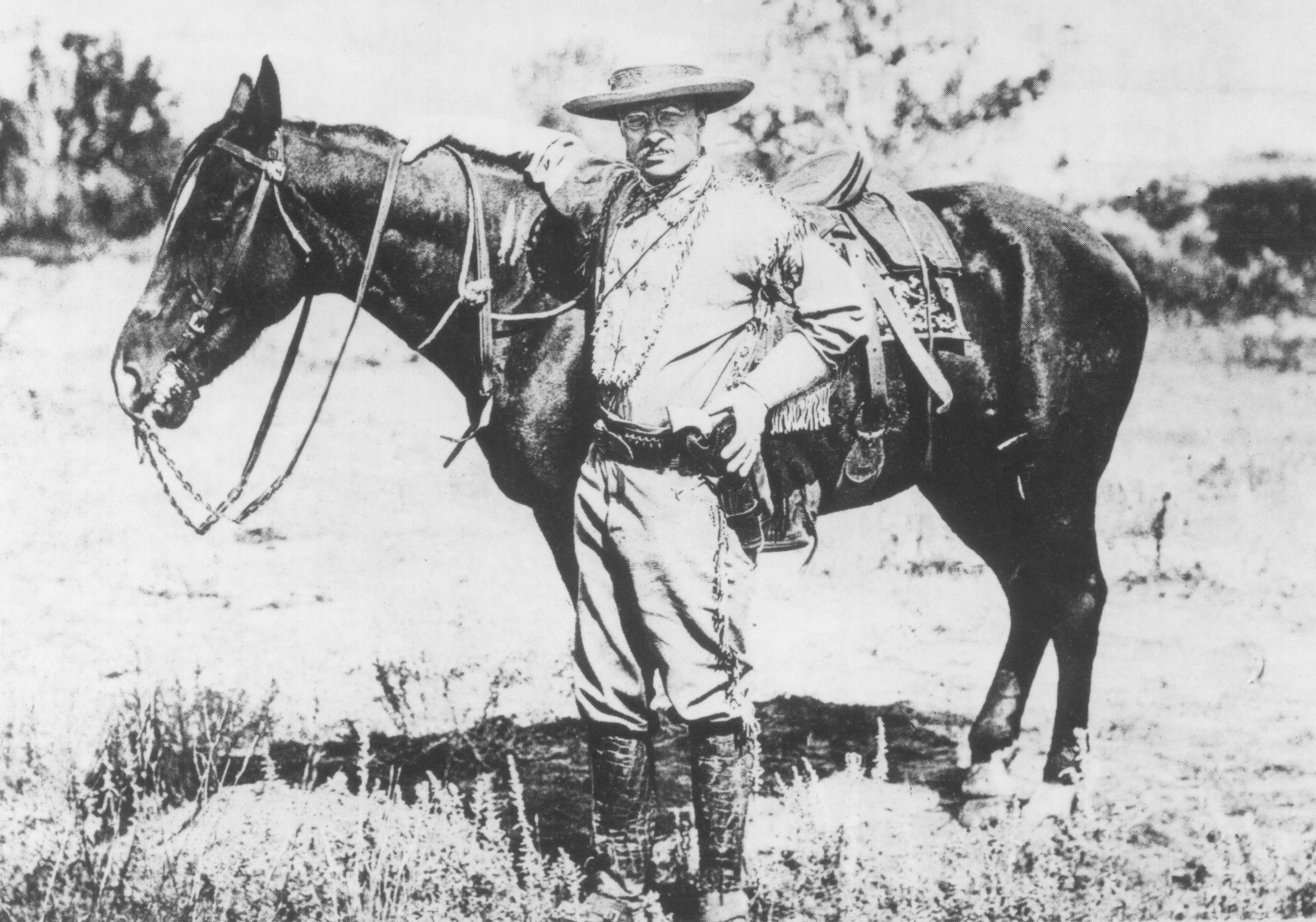
The modern public lands system dates back to the days of Theodore Roosevelt, who set aside about 230 million acres of national parks, refuges, and forests during his presidency. He did it to conserve wildlife, protect water quality, ensure that the nation had sustainable supplies of raw materials (like timber), and give all Americans the ability to get outside and test themselves in nature, which he credited for making him the man he was.
Roosevelt did not see this as socialism; he saw it as fundamentally democratic. When speaking of the need for conserving our natural resources, Roosevelt stated:
“Our duty to the whole, including the unborn generations, bids us restrain an unprincipled present-day minority from wasting the heritage of these unborn generations. The movement for the conservation of wild life and the larger movement for the conservation of all our natural resources are essentially democratic in spirit, purpose, and method.”
Today, America’s public lands system is the envy of the world and part of what makes our nation unique. Every American, regardless of class or economic status, can fish, hunt, hike, bike, camp, or paddle on the 640 million acres that they collectively own. These lands form the backbone of the $887-billion outdoor recreation economy, employing more than 7 million people and generating more than $100 billion in tax revenues every year. Thanks to the excise taxes and license fees that all hunters and anglers pay, America boasts the best-managed fish and wildlife in the world.
The American people know what they have and will not give it up without a fight. When Congressman Jason Chaffetz (R-Utah) introduced legislation earlier this year to sell off 3.3 million acres to help balance the budget, the outcry was immediate and severe. Chaffetz then took to Instagram, wearing camo and holding a hunting dog, to announce that he was withdrawing his bill. Shortly thereafter, he resigned from Congress.
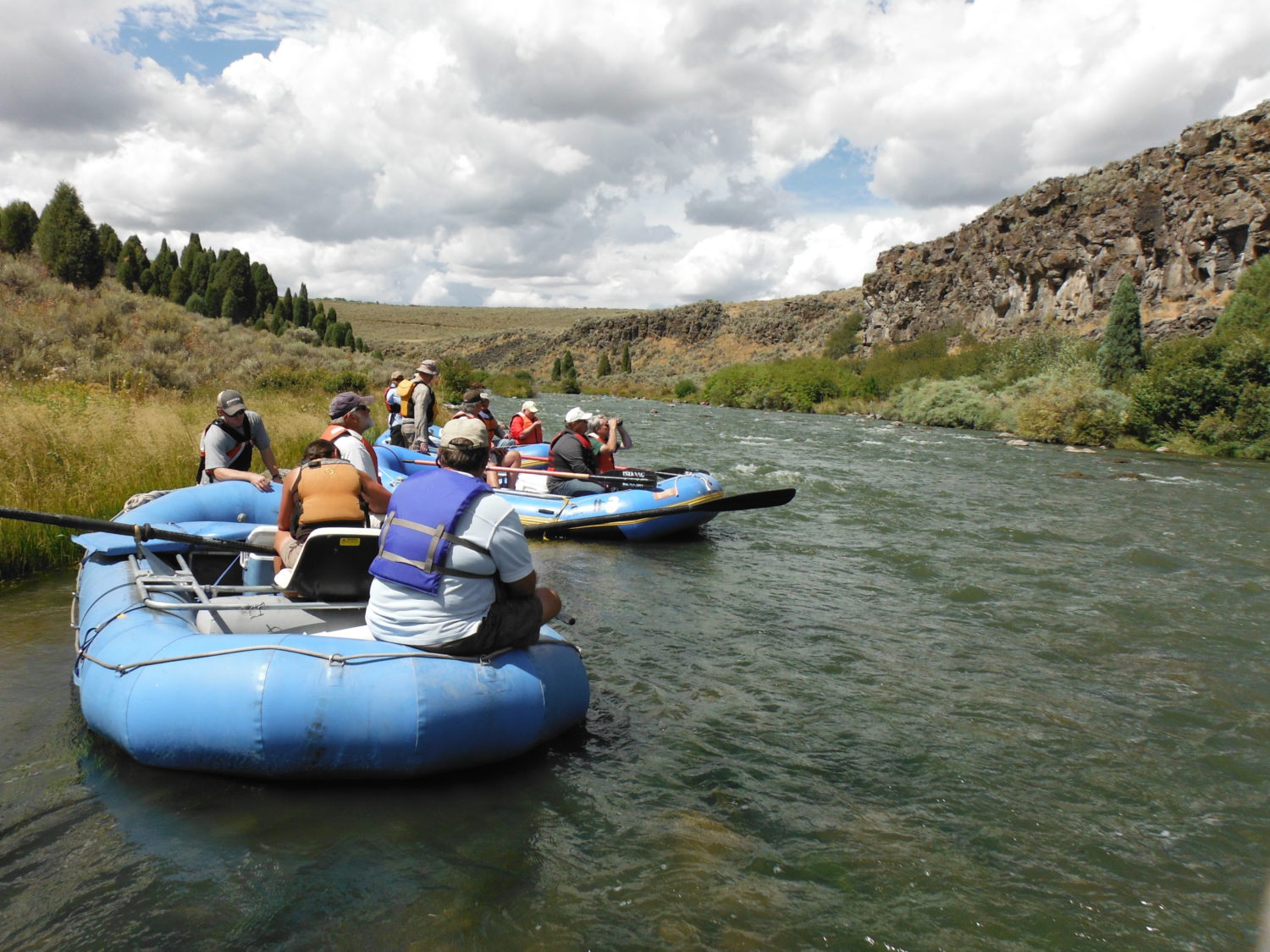
Instead of concocting schemes to sell off or dismantle America’s public lands systems, our academics, think tanks, and politicians should focus on ways to improve the management of public lands.
Let’s commit to giving the agencies the resources they need to better manage these lands. Let’s figure out ways to improve access so that more Americans can experience them. Let’s improve the way we handle energy development on public lands, so we can have energy independence and world-class wildlife and recreation. Let’s create better partnerships between the states and the federal government when it comes to managing lands and species. And, because water flows downhill and fish and wildlife do not read ‘posted’ signs, let’s incentivize private landowners to do what is right for conservation and manage entire ecosystems for future generations.
America’s public lands are not something to be sold off for a quick buck. They are, in the words of Wallace Stegner, “the best idea we ever had. Absolutely American, absolutely democratic, they reflect us at our best rather than our worst.”
Let us embrace that.
In Colorado, Wyoming, and New Mexico, careful planning seems to be the key to keeping productive hunting and fishing alongside thoughtful energy development
Energy development can coexist with healthy habitat and quality hunting and angling, but it doesn’t happen by chance. Responsible energy development requires careful planning and commitment from stakeholder groups, the public, and decision makers to get it right. Only through collaboration can we strike the appropriate balance. And it is critical that our public land management agencies—the Bureau of Land Management and the U.S. Forest Service—have the right policies and procedures in place to facilitate both energy development and the conservation of healthy fish and wildlife habitat.
A recent report led by the Sportsmen for Responsible Energy Development coalition and supported by 16 other hunting and fishing groups points to examples on different types of landscapes: examples of responsible development, areas where energy development has not been balanced with fish and wildlife habitat, and places where the potential remains to do things right.
Energy development and fish and wildlife habitat need not be mutually exclusive, but it will take leadership and sound policy from our decision makers to strike the right balance. The approach to these three landscapes could be instructive.
The 585,000-acre Vermejo Park Ranch in northern New Mexico spans from the Great Plains to the Sangre de Cristo Mountains. The ranch and its surrounding landscape are known for their natural beauty, high-quality wildlife habitat, and status as a model for responsible energy development. While privately owned by Turner Enterprises, there are many lessons that lawmakers, the Bureau of Land Management, industry, other stakeholders and the public can learn from Vermejo, especially when looking to develop our energy resources responsibly on America’s public lands.
Vermejo is situated in some of the finest elk country in North America, near the southern terminus of the Rocky Mountains, with the Carson National Forest to the west and private land to the east. Between 8,000 and 10,000 elk live on the ranch, as do mule deer, pronghorn, bighorn sheep, and Rio Grande cutthroat trout. The property is primarily managed as a guest ranch where hunting, fishing, hiking, biking, Nordic skiing, horseback riding, and other activities are the primary uses. The ranch is known for trophy bulls and scenic vistas, and its business model depends on the area’s world-class natural amenities.
Vermejo is also rich with natural gas—972 producing coalbed methane wells are scattered across the ranch. To preserve the land’s character, wildlife habitat, and guest services, park managers and Atlas Resource Partners, LP, the energy company that owns the oil and gas rights, have established a Mineral Extraction Agreement.
“We have established a shared vision with an energy company that is focused on developing energy resources while protecting the world-class wildlife habitat and natural amenities of Vermejo,” says Gus Holm, Vermejo Park Ranch manager. “I hope that the lessons learned and examples set here can be applied to public lands where similar opportunities for responsible development exist.”
The goal is to develop and implement an approach for energy development on the ranch that both enables extraction and protects the ranch’s natural resources and amenities. This shared vision has shaped the model energy development project since 1998. Among the stipulations in the agreement and development plan between Atlas Resource Partners and Vermejo are:
Although privately-owned, lessons from this project can be applied across the West. Many areas of BLM land in states like Wyoming, Colorado, and Utah possess similarly important scenic and wildlife values, and they also hold rich reserves of oil and natural gas. If oil and gas development is proposed for landscapes where the wildlife and recreation values are high, sportsmen and women expect federal land management agencies to work closely with stakeholders to find a shared vision. For this to happen, the BLM must do thorough upfront planning that plots a clear path for development to be balanced with other resources that are equally important for the American public.
The 198,000-acre Pinedale Anticline in Wyoming has long been known by sportsmen as an area rich in wildlife values and sporting opportunities. It is also known as the quintessential example of how older drilling technology coupled with poor planning can adversely affect critically important habitats. The Anticline sits in the upper Green River valley area, adjacent to the Jonah Field and serves as crucial winter range for the migratory Sublette mule deer herd. It also intersects one of the longest migration paths for pronghorn antelope in North America.
In 17 years, the Pinedale Anticline has gone from largely undeveloped to a fully industrialized landscape. The original authorization of 750 wells increased later to 4,400 additional wells. Currently there are 3,049 wells in the Anticline and 2,037 wells to the south in the Jonah Field with additional wells authorized to be developed in the next 15 to 20 years.
Since 2001, mule deer populations have declined by 36 percent on the Anticline, forcing the Wyoming Game and Fish Department to shorten the hunting season by a week and reduce the number of deer tags available to sportsmen. Recent research on this area has demonstrated that mule deer go more than a half-mile out of their way to avoid well pads and that “behavioral effects of energy development on mule deer are long term.” The Wyoming and Salt River ranges are known to offer some of the best high-country mule deer hunting anywhere, but the long-term impacts of poorly planned energy development in mule deer winter range could be significant for animals, hunters and Wyoming’s outdoor recreation economy. We should learn from these lessons as we look to develop our energy resources elsewhere.
In the backyard of the Denver metro area lies a sportsmen’s paradise of Gold Medal trout waters and high-elevation “parks” that serve as a haven for wildlife. Nestled in the headwaters of the South Platte River basin, the area known as South Park attracts visitors from around the country to fish along the “Dream Stream,” known for its trophy trout and stunning Colorado scenery. Energy development has not made inroads into this corner of Colorado—yet.
But the area sits atop the Niobrara oil and gas formation and oil and gas companies have eyed South Park in the past. So, a forward-thinking group of sportsmen and women joined local government officials, businesses, water providers, and federal agency officials to plan for the future. What began as dialogue initiated by those who care deeply for the region has morphed into a collaborative planning process, bringing together diverse stakeholders to ensure energy development is done right and does not adversely affect the water and wildlife resources of the area.
The end goal is to provide certainty for all, give industry a roadmap for responsible development, increase economic opportunity and keep South Park an amazing place to fish, hunt and live. The South Park process is shaping up as a win-win solution and could serve as a model for collaborative planning.
Want to learn more about the balance between energy development, habitat, and sportsmen’s access? Read about other lessons learned in Colorado’s Piceance Basin and the Greater Little Mountain Area of southwest Wyoming. Or download the full report here.
The Sportsmen for Responsible Energy Development coalition is led by the National Wildlife Federation, Trout Unlimited and the Theodore Roosevelt Conservation Partnership.
TRCP’s summer intern finds a personal connection to the issue of active forest management and its many benefits for wildlife and fire prevention
In my summer internship with the Theodore Roosevelt Conservation Partnership, I’ve learned about Senate and House floor procedures, the budget and appropriations process, and sportsmen’s policies on a federal level. All of this was enlightening, but I was perhaps most surprised by what I found I already knew. The value of actively managing forests—to reduce the risk of wildfires, improve fish and wildlife habitat, and allow for responsible timber harvest that supports local jobs—is something I’ve personally witnessed on my family’s property in Maine.
It may seem like the responsibility of managing forests lies only with the U.S. Forest Service or the states. But there is also support on the federal and local level for private landowners to responsibly manage forested areas they own, too.
One of those private landowners is my grandmother. On vacations when I was young, I was fortunate enough to hike and explore the 21 acres of forested land she owns on a hillside with a view of New Hampshire’s White Mountains. Over time, the taxes on the land increased, and my grandmother found some relief by enrolling the land in a state program that had financial benefits for her and habitat benefits for the forest.
Proper forest management actually makes forests more productive for landowners and wildlife, which is why the TRCP advocates for active forest management on both public and private lands. For example, when an older tree is cut, the forest canopy opens up allowing light to penetrate to the lower levels of the forest, in turn, supporting new growth. With her land classified as a managed woodlot, my grandmother can still choose to selectively harvest timber, which helps put money in her pocket, employ local timber crews, and open up the forest canopy so that younger trees can grow.
This increased the diversity of wildlife we were seeing as birdwatchers and hunters, in fact there was a major bump in the number of turkeys and whitetail deer on the property after just a few years.
There’s also the benefit of prevention: Without active management, forests will see fewer young trees and more overcrowding of old growth and excess leaf debris, which makes the forest vulnerable to wildfires.
The U.S. Department of Agriculture’s Forest Service offers a Forest Stewardship Program that is available in all 50 states as part of a partnership with state forestry agencies. It pushes for long-term stewardship of state as well as private forested lands. There is also a Forestry Incentives Program (FIP), which provides forest owners with financial assistance for managing their forests. In Maine, which has a Tree Growth Tax Law, we found the Department of Revenue was able to help identify options for my grandmother to enroll her forest in a program that had benefits all around.
If I learned anything this summer, it’s that conservation takes many forms, and the complex policies that govern how we take care of forests, prairies, wetlands, sagebrush, or any other landscape, are worth trying to understand and support. I’m heading into my professional career with a new appreciation for the privileges I’ve had to enjoy and actively engage in the conservation of our family’s forest land.
For more than twenty years, the Theodore Roosevelt Conservation Partnership has been at the forefront of conservation, working diligently on behalf of America’s hunters and anglers to ensure America’s legacy of habitat management and access is protected and advanced. Your tax-deductible donation will help TRCP continue its mission, allowing you to keep enjoying your favorite outdoor pursuits. Whether those pursuits are on the water or in the field, TRCP has your back, but we can’t do it alone. We invite you to step into the arena with us and donate today!
Learn More
